Spring is one of the four conventional temperate seasons, following winter and preceding summer.
There are various technical definitions of spring, but local usage of the term varies according to local climate, cultures and customs.
When it is spring in the Northern Hemisphere, it will be autumn in the Southern Hemisphere.
In the Northern Hemisphere Spring lasts from the Vernal Equinox (varying between 19 and 21 March) to the Summer Solstice (around 21 June). In the Southern Hemisphere, springtime lasts from August until November.
The 1st day of spring 2020 in Northern Hemisphere will be on Friday, March 20th. And the last day of spring equinox 2020 will be on Saturday, June 20th.
The reason the equinoxes and solstices don’t always come on the same day is that Earth doesn’t circle the sun in exactly 365 days.
The first day of spring, the vernal equinox, has 12 hours of daylight and 12 hours of darkness.The term vernal is Latin for “spring” and equinox is Latin for “equal night“.
In spring, the Earth’s axis is tilted toward the sun, increasing the number of daylight hours and bringing warmer weather.
Before Spring was called Spring, it was called Lent in Old English. Starting in the 14th century, that time of year was called “springing time”—a reference to plants “springing” from the ground. In the 15th century this got shortened to “spring-time,” and then further shortened in the 16th century to just “spring.”
Many trees, flowers, plants and bulbs begin to grow during the Spring because of ample availability of water, light, warmth and soil (compost).
The first spring flowers are typically dandelions, daffodils, lilacs, lilies, iris and tulips to name a few.
For the Japanese, the opening of the cherry blossom, Japan’s national flower, in March or April signals the start of spring.
As it stays light for longer in spring, birds know it is time to find a mate. They do this by singing to each other.
Most wild herbivores (plant eaters), who live in season parts of the world, have babies in the early spring. This give the babies the best chance of growing large, strong, and putting on some fat before winter.
Many early peoples celebrated spring for the basic reason that their food supplies would soon be restored.
Holidays that occur in spring include Easter, Passover, April Fool’s Day, Earth Day, Arbor Day, Mother’s Day, Father’s Day, Cinco De Mayo, and Holi (festival of colors in India).
It is also probably no coincidence that early Egyptians built the Great Sphinx so that it points directly toward the rising Sun on the day of the vernal equinox.
At Chichen Itza, Mexico, the Mayan celebrate the first day of spring with “The Return of the Sun Serpent.” During the spring and fall equinoxes the shadow cast by the angle of the sun and edges of the nine steps of the pyramid combined with the northern stairway and the stone serpent head carvings create the illusion of a massive serpent descending the pyramid.
Persephone was the Greek goddess of spring. She spent winters as Queen of the Underworld but returned in spring to preside over rebirth.
The first day of spring also marks the beginning of Nowruz, the Persian New Year. The celebration lasts 13 days and is rooted in the 3,000-year-old tradition of Zorastrianism. It is celebrated in Iran, the North Caucasus, Kurdish parts of Turkey and Northern Iraq, Afghanistan, Tajikistan, Turkmenistan, Uzbekistan, Kyrgyzstan, Kazakhstan, and other scattered populations in Central Asia.
On the first day of spring, a person at the North Pole would see the sun skimming across the horizon, beginning six months of uninterrupted daylight. A person at the South Pole would see the sun skimming across the horizon, signaling the start of six months of darkness.
According to a long-term research project done in Colorado‘s Rocky Mountains, spring in that region now begins, on average, about three weeks earlier than it did in the 1970s.
Spring fever is a term applied to several sets of physical and psychological symptoms associated with the arrival of spring.Experts say the body’s makeup changes due to different diets, hormone production, temperature and increased light.
According to the National Association of Realtors, spring is the most popular season to sell/buy a house.
For meteorologists, spring in the Northern Hemisphere begins three weeks before the March Equinox on March 1 and ends on May 31.This is because astronomical seasons are related to position of the Earth relative to the Sun. Meteorological seasons are related to the annual temperature cycle.
Tornadoes are most common in spring and least common in winter.
The word “season” in this context comes from the Old French “seison”, meaning “sowing / planting”. This in turn came from the Latin “sationem” meaning “sowing”.
Spring is often associated with rebirth, renewal and regrowth.
“You can cut all the flowers but you cannot keep Spring from coming.” ― Pablo Neruda


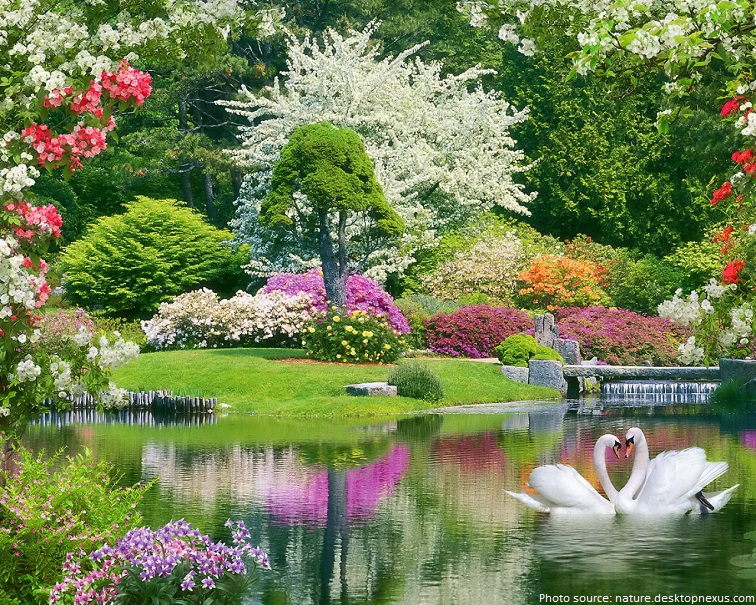

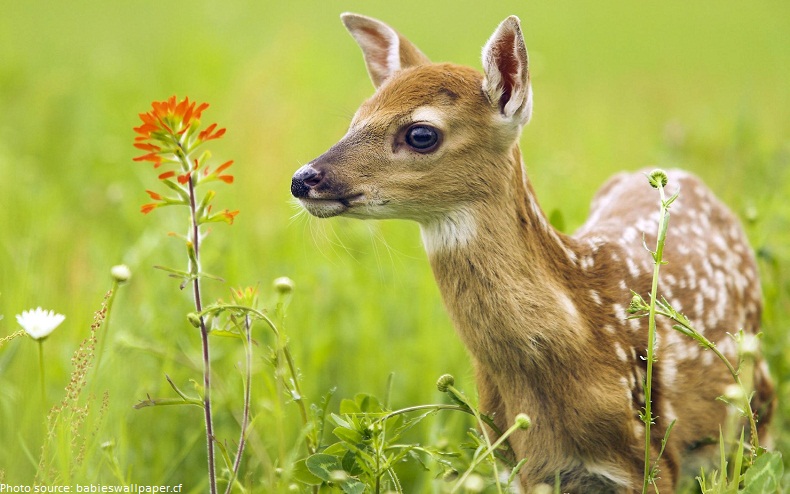
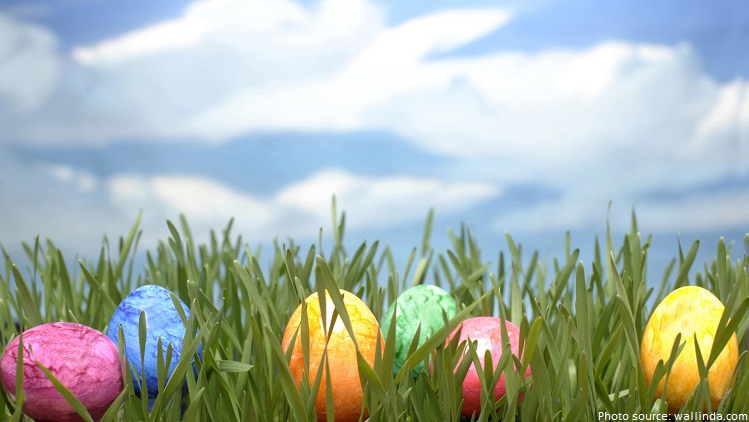
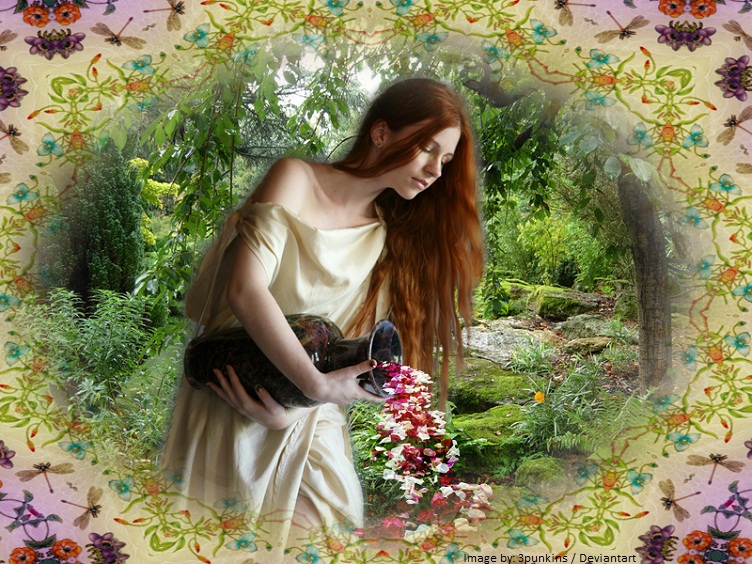
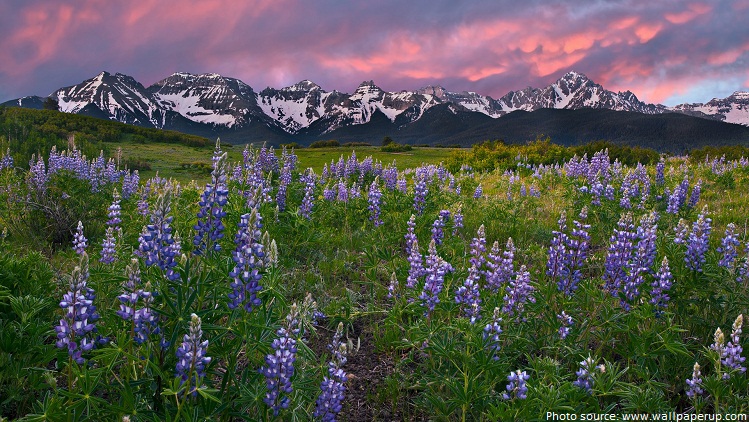
Comments are closed.